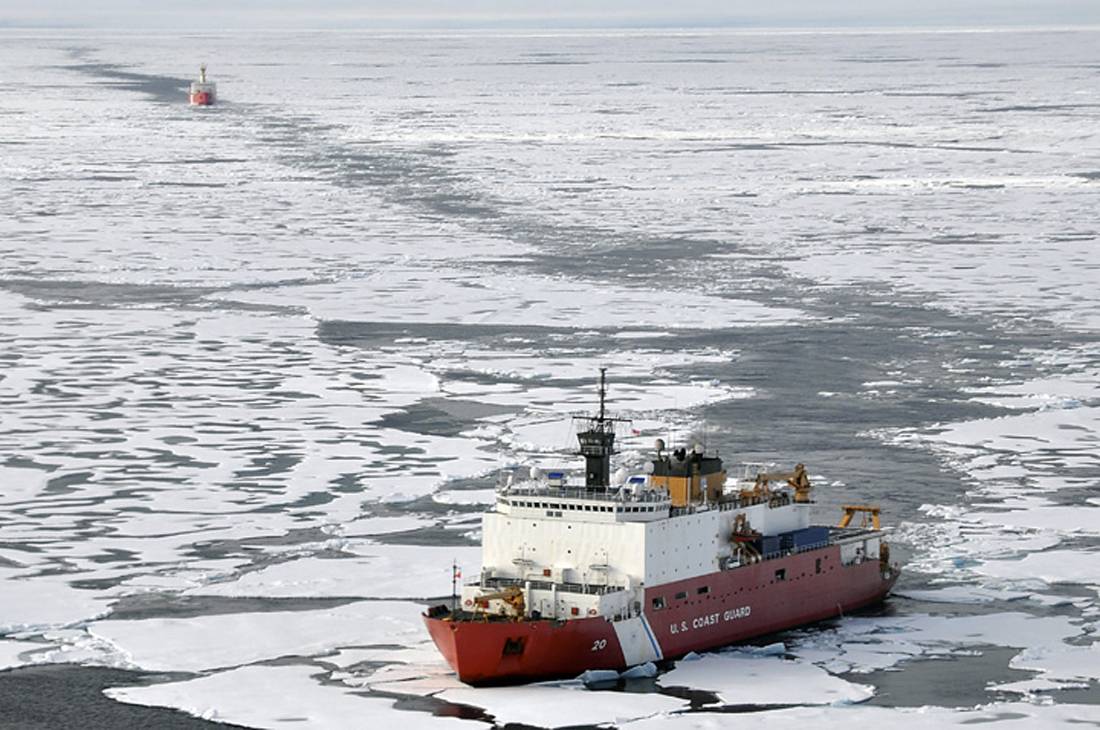Thirty years ago, I had the privilege of seeing the deep ocean up close. For my Ph.D. research, I dropped 1.5 miles in the Alvin submersible above the East Pacific Rise, southwest of Acapulco.
Beyond illuminating the oceanographic process I was studying — the connection between plate tectonics, volcanic eruptions and deep-sea vents — that one shaft of ocean opened my eyes to a larger truth: Humans are largely blind to this enormous and lively part of the world — more than two-thirds of the Earth.
It is worth repeating that scientists know more about Mars, Venus and the dark side of the moon than they know of Earth’s ocean depths. To date, less than 20% of the ocean floor has been mapped — 13% in just the past four years. But with the right support, scientists could map it all by 2030. It’s an essential undertaking, but it’s going to take dedicated effort, public support and government funding. Such a project can be accomplished only through global cooperation.

















With your current subscription plan you can comment on stories. However, before writing your first comment, please create a display name in the Profile section of your subscriber account page.